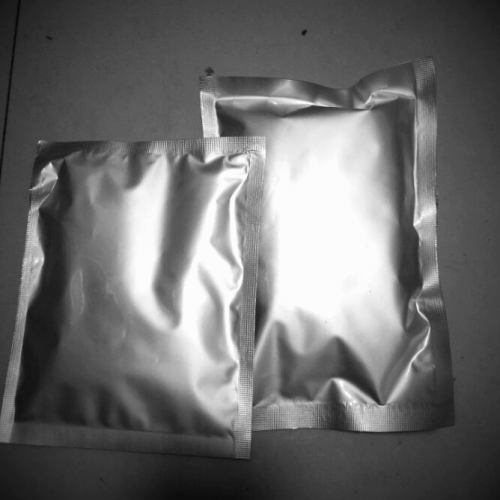China Pure Local Anesthetic White Powder Prilocaine for relieve pain ( CAS 721-50-6)
What is Prilocaine?
Prilocaine is a local anesthetic of the amino amide type first prepared by Claes Tegner and Nils Lö Fgren. In its injectable form (trade name Citanest), it is often used in dentistry. It is also often combined with lidocaine as a preparation for dermal anesthesia, for treatment of conditions like paresthesia. As it has low cardiac toxicity, it is commonly used for intravenous regional anaesthesia (IVRA).
Local anesthetic is a substance that causes loss of sensation only to the area to which it is applied without affecting consciousness.
Prilocaine Powder Basic Info
CAS No:721-50-6
Customized:Non-Customized
Suitable for: Elderly, Adult
Purity:>99%
Molecular Formula:C13h20n2o
Powder:Yes
Certification: ISO 9001
State:Solid
Molecular Weight:220.31
EINECS:211-957-0
Appearance:White Powder
Origin: China
Prilocaine Certificate Of Analysis
Product name |
Prilocaine |
Package |
1kg/bag |
Standard |
USP36 |
Quantity |
100kg |
Function |
Local anesthetic. |
Applications |
Main applications are as follows:The material for Local anesthetic. |
Items Tested |
Specification |
Result |
Characters |
White or almost white crystalline powder |
Confirms |
Melting Point |
166ºC-169ºC |
166.5ºC-168.5ºC |
Solubility |
Freely soluble in water and in alcohol |
Confirms |
Assay (HPLC) |
99.0–101.0% (calculated on the dried basis) |
99.6% |
Loss on Drying |
Not more than 0.3% |
0.16% |
Related substances |
Not more than 1.0% |
0.11% |
Acetone |
Not more than 5000ppm |
conforms |
Ethanol |
Not more than 5000ppm |
conforms |
Sulphated ash |
Not more than 0.15% |
conforms |
Heavy Metal |
Not more than 0.001% |
<0.001% |
Conclusion |
Conforms USP36
|
Prilocaine Application
Prilocaine is used to numb the skin, or surfaces of the penis or vagina, in preparation for a medical procedure or to lessen the pain of inserting a medical instrument such as a tube or speculum.
Other Anesthesia Recommand
1) Anesthesia, local- Proparacaine and tetracaine are indicated to produce local anesthesia of short duration for ophthalmic procedures including measurement of intraocular pressure, removal of foreign bodies and sutures, and conjunctival and corneal scraping in diagnosis and gonioscopy.
2) Proparacaine hydrochloride and tetracaine are also indicated to produce local anesthesia prior to surgical procedures such as cataract extraction and pterygium excision, usually as an adjunct to locally injected anesthetics.


